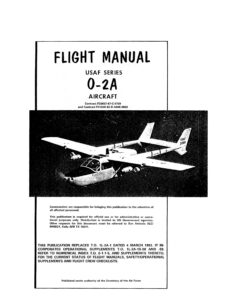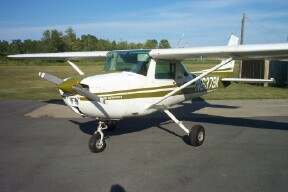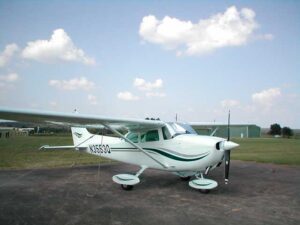Aviation insurance lapse?
Don’t let your aviation insurance lapse or expire just because you are not flying or the cost of your insurance. With the corona virus issues in the country, many pilots have parked their aircraft. Which is fine in some cases, but it might not be the best for everyone.
There have been changes happening daily in aviation insurance underwriting for the last year or so. One of which is the aviation insurance premiums are increasing. We have see 10% to even 100% premium increases (depending on the plane and pilot).
But it’s not just the premiums increasing, the underwriting requirements are also changing. Depending on your aircraft and your age, if you let your coverage lapse, you might not get quoted again. Aviation insurance is not an automatic renewal, you need to start over each year.
If you have a unique or low production aircraft you might have difficulty getting a company to quote the aircraft.
This is also especially important if you are close to 65 years old or older! Make sure you contact us (or your broker) before you let your insurance expire. There are aviation underwriters that will not quote new business for pilots older than 65. Once you cancel or let a policy expire, you become “new” business. At that point, the insurance underwriter that you let expire does not have to take you back.
There are options to keep the coverage in place even if you are not flying. You could keep ground not-in-motion coverage on the hull to protect it from fire theft and storms. Or you can reduce the coverage to liability only.
The idea is to keep the policy in place and not have the risk of not being able to get coverage in the future.
Questions, contact SkySmith at – ins@skysmith.com or 515-289-1439




